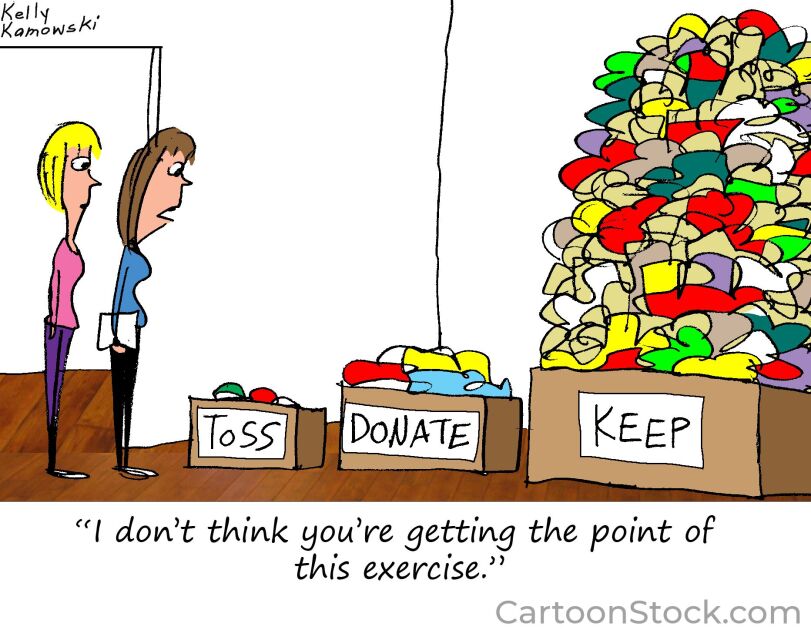
Saying that educational technology must promote equity, personalize learning, and make teaching a more sustainable career, U.S. Secretary of Education Arne Duncan unveiled Tuesday a new guide for software developers, startups, and entrepreneurs.
Technology is “the gateway to a different dynamic between a teacher and students” and “a tool that can open up limitless new ways to engage kids, support teachers, and bring parents into the learning process,” according to Duncan’s prepared remarks, delivered today at the Arizona State University/Global Silicon Valley conference, being held in Phoenix.
“But to get there, we need to go way beyond using technology to simply recreate the tools of the 20th century,” he said.
The 66-page guide, developed by the department’s Office of Educational Technology and “crowd-sourced from knowledgeable educators, developers, and researchers,” aims to inform the ed-tech industry about the most pressing challenges schools face, encourage a school-centered design process, and offer help navigating the complex regulatory and bureaucratic landscape that developers face when trying to get their products into schools.
The guide identifies 10 areas in which the department suggests developers can have the greatest impact—everything from improving students’ mastery of basic skills to promoting their non-cognitive abilities (such as “grit”), and from increasing family engagement to improving professional development for teachers.
One broad theme: Rather than simply digitizing traditional materials, developers should innovate, in order to make teaching and learning more meaningful.
“Think beyond delivering content,” the guide suggests. “Are there tools that enable students to build and create projects that encourage deeper exploration of a particular topic?”
Another area of focus is narrowing both opportunity and achievement gaps. Ed-tech tools must be accessible to all students, including those with disabilities, the guide stresses. And students living in circumstances of poverty or in rural and remote areas need easy access to high-quality materials.
Duncan echoed that theme in his prepared remarks.
“If the technology revolution only happens for families that already have money and education, then it’s not really a revolution,” the secretary said.
Duncan also highlighted Tanesha Dixon, a teacher in the District of Columbia public schools who has begun using a blended-learning model.
Saying the challenges of Dixon’s job make “developing apps seem like child’s play,” Duncan called on the ed-tech industry to better support teachers, especially by lightening their many administrative burdens.
The department’s new guide for developers focuses heavily on the software- and app-design process, emphasizing that industry must better recognize and understand educators’ actual needs.
Until developers have spent time inside schools, observing their everyday practices and listening to what teachers, administrators, and parents have to say, “it’s arrogant to write code, let alone attempt to sell” their products, says Steven Hodas, the former executive director of Innovate NYC Schools, who is quoted as an expert in the document.
Familiarity with the glut of ed-tech products already available and the research into what works is also cited as key.
And it’s important for developers to understand how school districts work, says the guide, which lays out the basics of district budgets, their federal and state obligations, and the key players in most district organization charts.
The guide also contains information on ensuring student data-privacy, tips for fundraising and networking, and a primer on software interoperability.
Overall, Duncan said, there are six questions that developers should ask before developing a new tool:
- Are you addressing a real need?
- Do teachers have the training to use your app?
- How will you protect student and family privacy?
- Who makes the decision to purchase your tool, and how long does purchasing take?
- Can your app transition seamlessly from school to home?
- What features are most important to parents, educators, and students?
“The future is about putting us all in a position, once and for all, to leave behind the notion of students as empty vessels and education as an assembly line,” the secretary was set to tell the ed-tech industry crowd at ASU/GSV.
“I’m excited to see what you come up with.”
Photo: Education Secretary Arne Duncan listens to Wheeling, Ill., high school students as he tours the school’s $400,000 nanotechnology center in 2013. --Charles Rex Arbogast/AP-File
See also:



